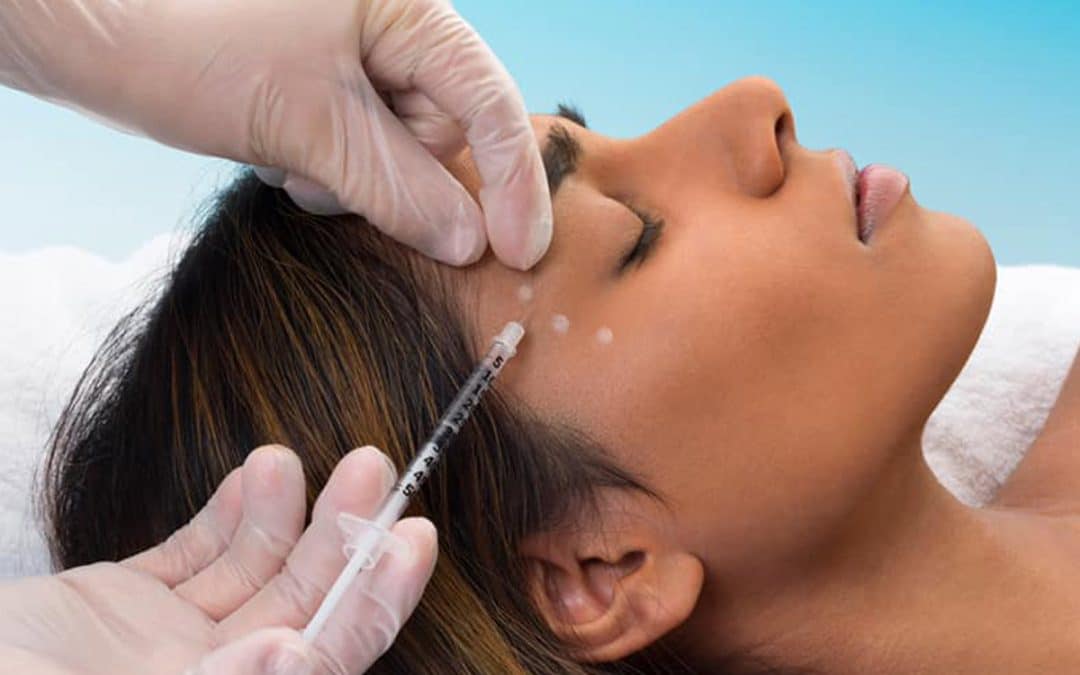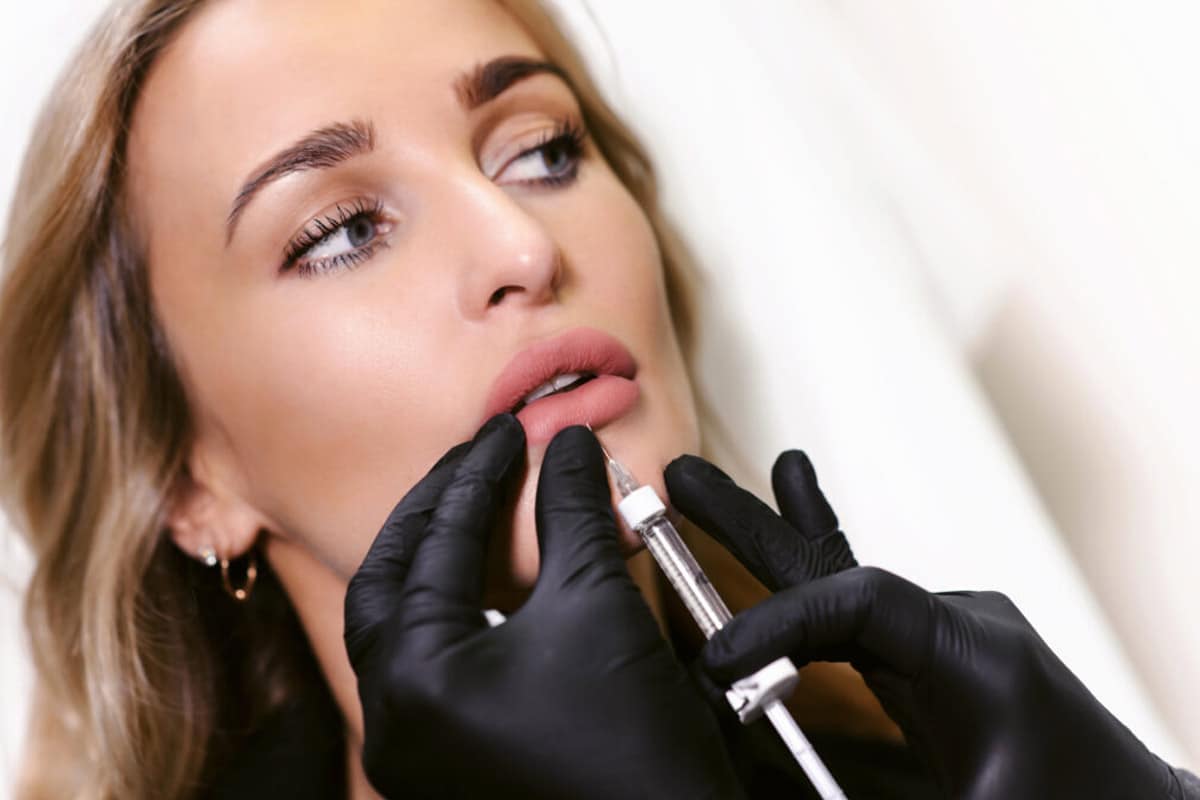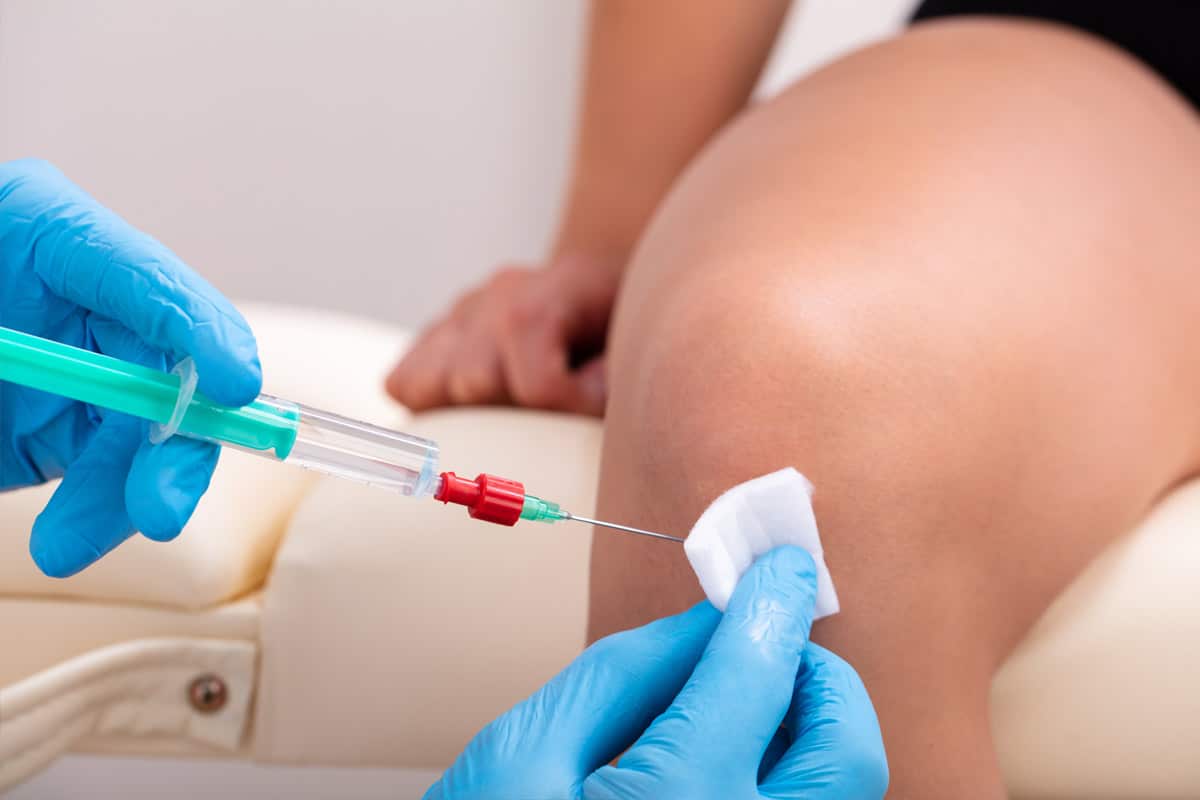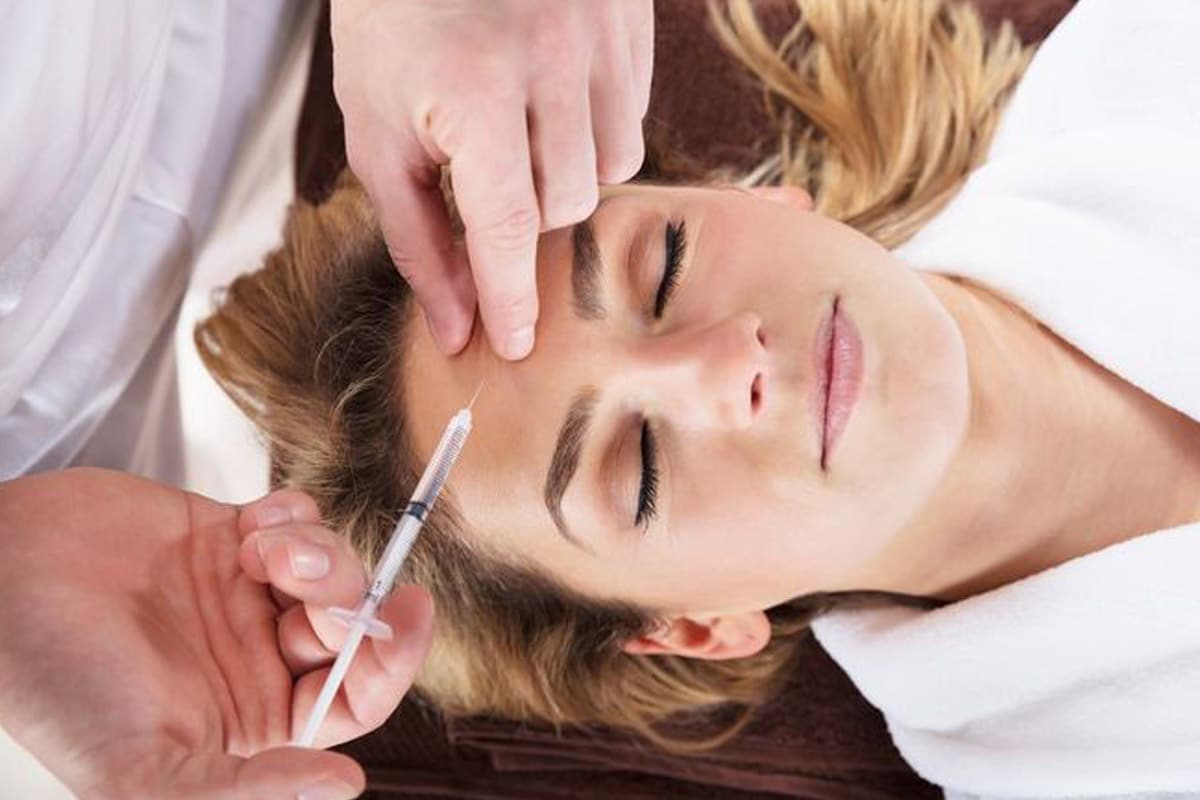Toxic.
That word has been thrown around rather loosely in the last 5-10 years. Now, products like jarred baby foods are potentially toxic. Apple juice is toxic. Cosmetics are toxic. It seems like we can’t use a product or eat a food that hasn’t been on the hot seat for the possibility of being toxic. We are not saying that these things aren’t potentially toxic. Apple juice isn’t our area of expertise. The point is that the term toxic is an easy one that can be used to insight fear and clickbait consumers into reading articles.
Moderation is the key. If you go outside the limits of what is being recommended by professionals in the field, that is where you could run into an issue. This can be the case for any “toxic” product.
The truth is that over 6 million people great Botox each year. Of those, only a small percentage of people have had adverse effects. That percentage is even smaller for the ones that follow the directions of professionals.
Let’s take a deep dive into the issue to share why Botox isn’t toxic and why you should have peace of mind about Botox.
Botulinum Toxin: What Is It Exactly?
Botox is a drug that is injected into the desired location on a person’s body that essentially blocks signals from your nerves to your muscles.
It is made from a “toxin” that is called botulinum type A and is produced from the bacterium Clostridium botulinum.
One place that botox gets a bad name is because the same toxin (in much higher amounts) causes botulism. This is a serious and life-threatening form of food poisoning and the effects depend on the amount the person was exposed to.
Botox is injected in small controlled amounts. The FDA recommends that you should not exceed a total of 360 units in a 3 month period.
On average, a person usually receives dosages between 8 to 20 units on their forehead for wrinkles, just to give perspective. This is well under the recommended max amount.
The History of Botox
So how did this procedure even start? What would make people decide to first inject themselves with this botulinum toxin?
In nature, an infection involving this bacterium causes paralysis in certain muscles. Quite simply, when muscles a body needs to breathe are paralyzed, it can cause death. While there are several strains of Clostridium botulinum, only a few are used in a clinical setting.
So the fact that this causes paralysis was explored more deeply in the 1970s, since paralyzing the muscles that caused wrinkles seemed like it could actually be a viable option.
It started by scientists trying to use botulinum toxin to treat crossed eyes. When they were in the testing phases, they observed that it also reduced the wrinkles between the eyebrows.
And there it is. A billion-dollar industry was born.
After testing was completed and it was branded as Botox, it received FDA approval for a variety of uses, both medical and cosmetic.






Recent Comments